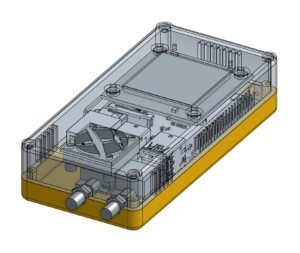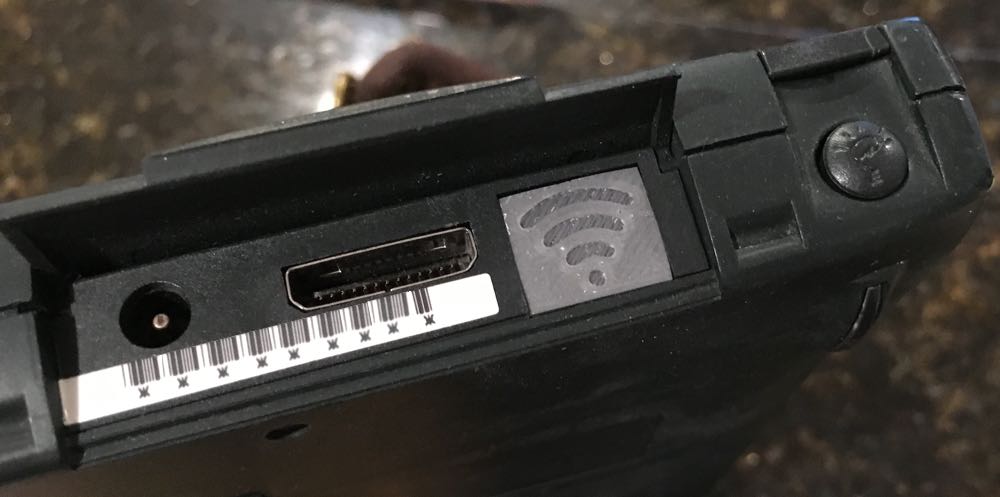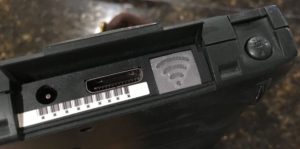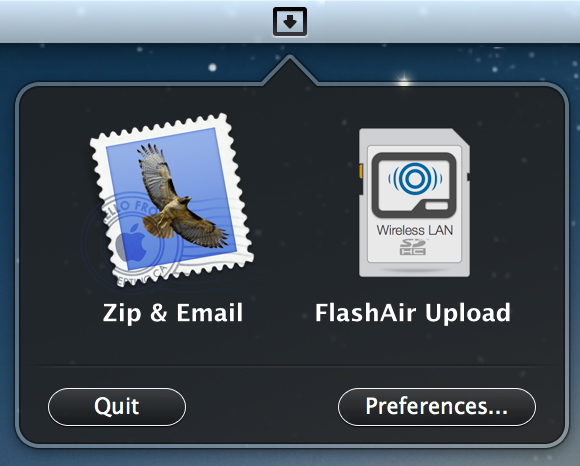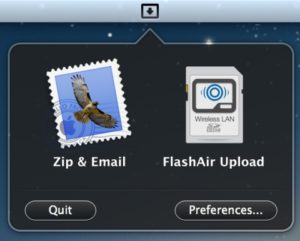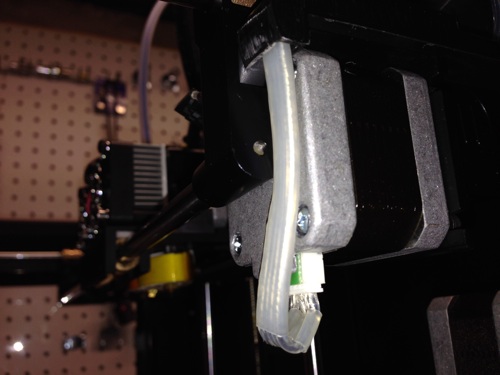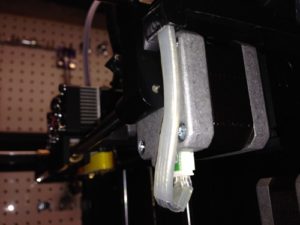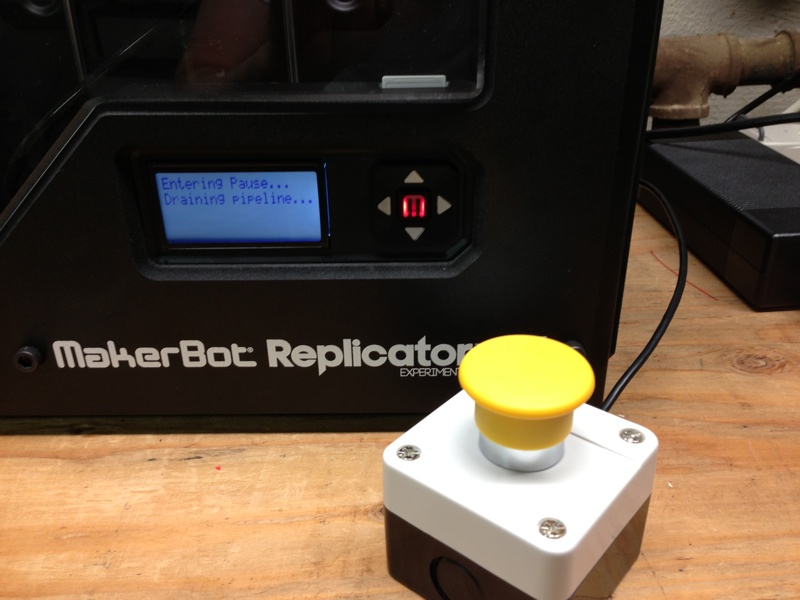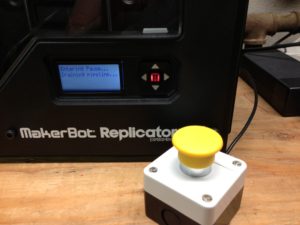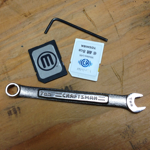Stratux is a project to provide ADS-B data to ‘electronic flight bag’ apps. It can receive “next gen” transponder information, as well as weather and advisories from ground stations. A GPS module provides location, and gyros, accelerometers, magnetometers, and pressure transducers can even provide limited attitude and heading reference (AHRS)
I took some time to design a nice case that holds all the components. I designed a “HAT” for the Raspberry Pi that holds the GPS module and provides fan control. (Originally this Pi Hat had GPIO 4 controlling the fan. I’ve updated the design to use GPIO18, which is used by other Stratux fan controllers and by the software. I have not made or tested this revision.)
You can find the STL files on Thingiverse. This design is meant to be used without the hat, and the GPS module is mounted to the top case directly.
You can find the design files for the hat on GitHub.
